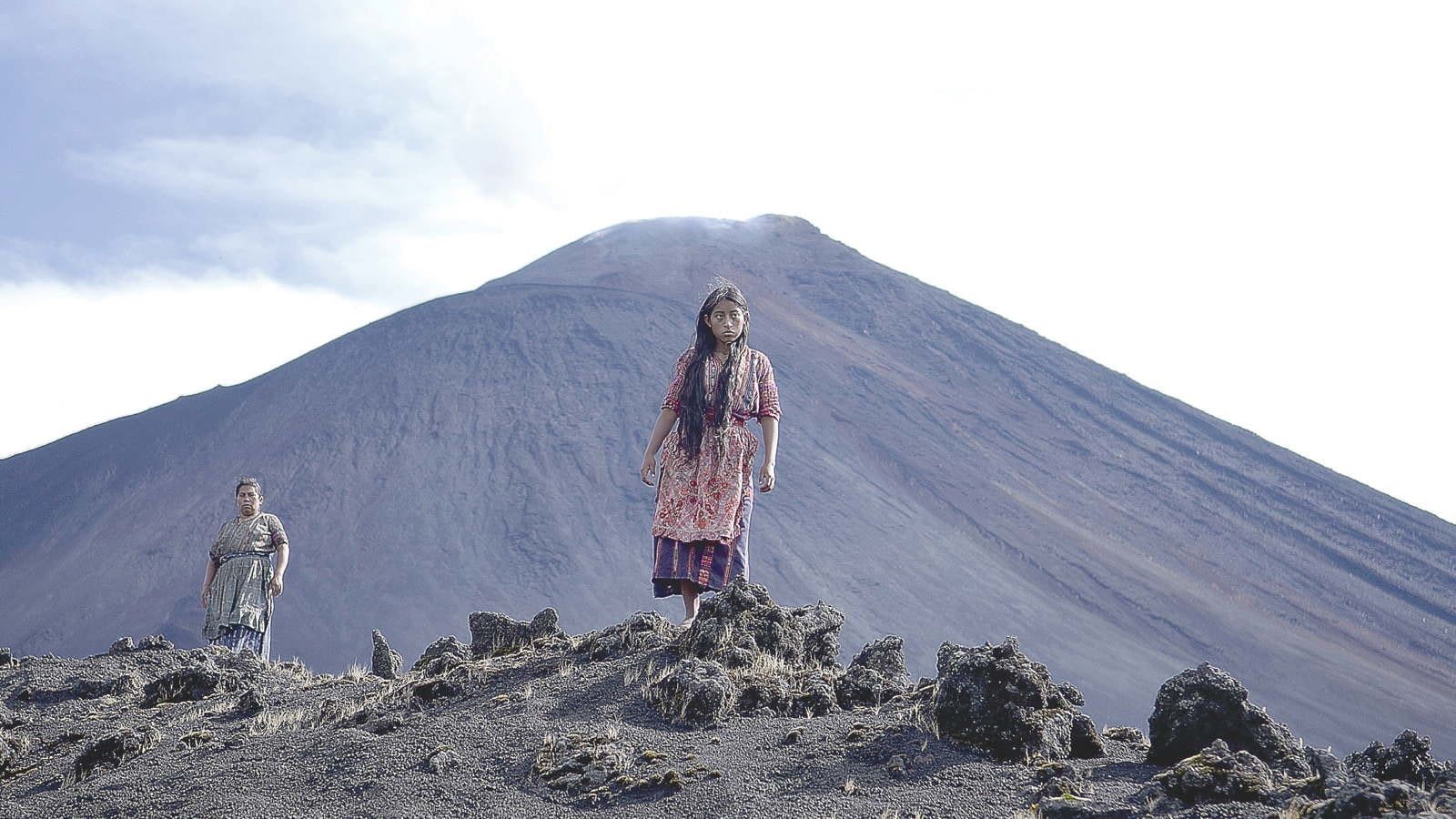Desde su concepción a finales del siglo XIX, el cine se ha convertido en una de las formas de expresión artística más populares que existe en el mundo. Para algunos es un breve escape de la realidad a mundos de fantasía y belleza inigualable. Para otros es más una herramienta para transmitir verdades sobre las realidades que se viven en el mundo. Hay quienes, incluso, lo entienden como el epítome de todo lo artístico que existe en el universo. Cualquiera sea su significado, el cine es, sin duda, uno de los pasatiempos más preciados de la población mundial contemporánea.
A pesar de ser un movimiento ubicuo, el cine tiende a variar enormemente dependiendo de las realidades nacionales de cada país, las costumbres culturales y la tecnología que se posee para llevarlo a cabo. Prueba de ello son las evidentes diferencias que existen entre el cine de los Estados Unidos y el producido en América Latina.
En el 2010, un filme argentino ganó un premio Oscar en la categoría de mejor película de habla no inglesa con “El Secreto de sus Ojos”. Mientras que en el 2016, Chile ganó en la categoría de mejor cortometraje animado con “La Historia de un Oso”. Ambos filmes personifican a su modo rasgos y realidades culturales de cada uno de sus países de origen.
Ahora bien, en países como Guatemala donde el acceso a recursos es un poco más complicado, apenas en el 2015 se envió por segunda vez en la historia una película para ser considerada en los premios Oscar para la categoría de película de habla no inglesa. Aunque la misma es hablada en kaqchikel, la cultura y realidad nacional se encuentran de manera universal en el trasfondo de la película.
El hecho de poder enfrentarnos a otras culturas, al final del día, nos enriquece enormemente como seres humanos. Permita exponerse a este y muchos otros temas culturales y geográficos de América Latina y España adquiriendo uno de nuestros paquetes de conversaciones en español aquí.
Since its conception at the end of the XIX century, cinema has become one of the most popular forms of artistic expression that exist in the world. To some it is a brief escape of reality to worlds of fantasy and unparalleled beauty. To others it is more of tool to transmit the realities that are lived in the world. There are those that even understand it as epitome of everything artistic that exists in the universe. Whatever is its meaning, the cinema is, without a doubt, one of the most cherished pastimes of the contemporary population of the world.
Despite being a ubiquitous movement, cinema tends to vary greatly depending on the national realities of each country, cultural customs and the technology that is possessed to carry it out. Proof of this are the obvious differences that exist between the cinema of the United States and that produced in Latin America.
In 2010, an Argentine film won an Oscar in the category of best non-English speaking film with “The Secret of his Eyes.” While in 2016, Chile won in the category of best animated short film with “The Story of a Bear.” Both films personify in their own way cultural features and realities of each of their countries of origin.
In countries like Guatemala where access to resources is a bit more complicated, just in 2015 a film was sent for the second time in history to be considered at the Oscars for the category of non-English-speaking film. Although it is spoken in Kaqchikel, national culture and reality are universally found in the background of the film.
The fact of being able to face other cultures, at the end of the day, enriches us greatly as human beings. Allow yourself to be exposed to this and many other cultural and geographic topics of Latin America and Spain by purchasing one of our Spanish conversation packages here.

